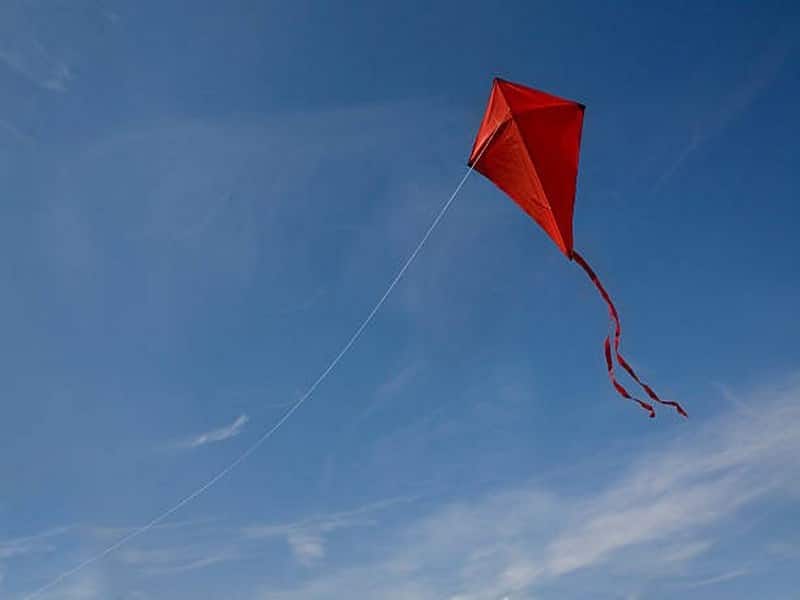Ancestral culture of Madagascar, the kite and perfectly embodies one of the most fun and emblematic traditions of the winter season on the highlands. As soon as the freshness of the southern winter blows, the Malagasy heavens come alive with colorful dancing silhouettes, often shaped by skillful children. This ancestral game, known locally under the name of “papango” (Pronounced Papang), illustrates at the same time the creativity, the cultural heritage and the ingenuity of the Malagasy youth.
Unlike the popular belief that attributes the origin of the kite to China, archaeological research and rock paintings discovered in the Celebes Islands, in Indonesia, attest that this practice would have emerged more than 5000 years ago before our era. This Indonesian root, deeply rooted in the migratory history of the Austronesian peoples, would have been transmitted to the inhabitants of Madagascar through the generations. Thus, the “papango” Malagasy keeps anthropomorphic features - a body recalling the human form - evoking the ancient symbolic representations of its ancestors.
Traditionally designed with paper, the “papango” Now testifies to the incredible resourcefulness of Malagasy children. Using recycled materials such as plastic from used sachets and jute wire from old bags of bags, they manage to give life to these air creations. Every winter is a real ritual: who will succeed in raising its highest papango? Which will be the most aesthetic or the most original? This game becomes a moment of sharing, collective joy and transmission of know-how.
I have a precious memory of these suspended moments where, as a child, I spent hours contemplating the winter sky dotted with “papango” twirling. A poetic spectacle, imbued with emotion and nostalgia. The ancestral culture of Madagascar manifests itself here with simplicity, in a game that is both universal and deeply rooted in the heritage of the Malagasy highlands.






Comment (0)